Overview
Tsum Valley Trek is packed with natural wonders, dramatic landscapes, adventure, and above all, the villages that will transport you to a different era.
Merely 100 km away from the capital city, Kathmandu, unspoiled Tsum valley is an ideal trek destination for those willing to explore the remote areas without traveling too far.
Dominated by Tibetan people, the valley offers you a glimpse of a primitive lifestyle. From the culture of native people to dialects, customs, and traditions, everything is way too different from the rest of the world.
Tsum Valley Trek encompasses the Gandaki River valley and some beautiful mountain villages like Chhokangparo. This ancient village offers a unique culture along with vistas of gigantic mountains like Himalchuli, Sringi Himal, Ganesh Himal Range.
The village is embellished with ancient monasteries, prayer walls, chortens, nunneries, and mani walls too. It takes 14 days to navigate the terrain of one of the world’s remotest valleys. The trek starts at Soti Khola and ends in Arughat.
Initially, we will walk through the beautiful forests, mountain villages, green pastures, raging rivers, monasteries, glacial rivers, and hills in the Gandaki River valley.
The second half of the trek will take us into the secluded valley, and everything about this valley is mesmerizing. It’s a rough trek and not for a faint-hearted. To elevate your trekking experience, visit the area during spring and autumn.
Conclusion
Tsum valley trek is a combination of adventure and fun. Enjoy the trek with your family and friends. Contact our team to customize your itinerary and book the package now. Grab the life-time experience with us at a reasonable cost.
Happy Trekking!
Highlights
- Adventurous off-the-beat trek
- Observe the unique culture, belief, custom, and tradition of Tibetan people
- Relish the vista of beautiful mountains and dramatic landscapes
- Encounter wild animals like Himalayan Thar and Blue sheep
- Experience the primitive lifestyle in secluded villages
Itinerary
Hop in the private van after early morning breakfast. Today we will drive to the trailhead Soti Khola. Though the drive is long, it is not monotonous at all. We will ride through a winding road by the bank of the raging Trishuli river. As we head to Dhadingbesi, we will encounter a dusty road.
However, vistas of beautiful mountains, green hills, hamlets, waterfalls, and lush forests will make up for the bumpy ride. Ride north for a few hours to reach Arughat while enjoying the vistas of mountains. Drive two more hours to reach Soti Khola. Spend a night in Soti Khola.
Savor the delicious breakfast and follow the path leading to the suspension bridge. After crossing the bridge, the trail will lead us into the beautiful sal forests. Ascend into the narrow rocky trails climbing on a cliff above Budhi Gandaki river.
It’s a thrilling experience. After a few sharp climbs and drops, we will reach our lunch stop, Labubesi. Walk past the river bed, then gradually climb the cliffs for a few more hours. Follow downhill to Nauli Khola. Cross a suspension bridge and walk for a while to reach Machha Khola.
Ascend and descend on the narrow trail hanging on the cliff, then cross the bridge over Thado Khola. Walk on the rocky pass until Khorlabesi. Follow a rolling hill leading to Tatopani.
Climb the rocky tail hanging on the cliff, cross a suspension bridge above Budhi Gandaki, then follow the well-maintained staircase heading to another ridge leading to Dobhan. Cross a bridge, then follow a rugged terrain heading to Duman.
A brief ascend over Budhi Gandaki will take us to Yaru Khola. Cross another suspension bridge later ascend and gradually descend on the stone stairs to arrive at Tharo Bhangyang. Walk on the paved stones until we reach Jagat.
We will walk up to the checkpoint and register our Permit ACAP, then ascend until we reach Salleri and drop to Sirdibas. The valley widens a little as we walk to Ghatta Khola. Climb to the suspension bridge, cross the river, then continue ascending to Philim, a beautiful Gurung village.
Explore police stations and schools constructed by the Japanese. Follow the trail piercing a lush forest to reach Chisopani.
Today we will mostly ascend the rough hills, so the fifth day of the trek is going to test your patience. However, the beautiful scenery around will make you forget about your sore feet. After early morning breakfast, we will follow the trail above the gorge while enjoying the view of the cascading waterfall.
After ascending for a while, we will reach Lokpa. From here, walk downhill for around thirty minutes, then ascend for another hour to reach Lungwa Khola. Gumlung is about two hours away from Lungwa Khola. Cross the Siyar Khola to reach Chumling. Chumling sits on the lower Tsum Valley and offers an enchanting view of Shringi Himal. Explore ancient Chumling Gompa.
Leaving Chumling behind, we will head to a suspension bridge. Walk past small villages with classic Tibetan houses and farmland. Tread across Rainjam, and Serpu Khola then ascends for a few hours towards Upper Tsum.
A short walk from here will take us to Chokhangparo. Chokhangparo includes two villages, Chokhang and Paro. Enjoy the vistas of Ganesh Himal and Himalchuli. Roam around the villages, have a brief chat with villagers, learn about their lifestyle, and explore Tibetan Buddhist heritage.
Enjoy the delicious breakfast while relishing the beauty of the Himalayas, then ascend to another village. We will take multiple short breaks to enjoy the mesmerizing nature. Continuing the trek, we will climb on the rocky trail leading to ridge housing chortens.
Walk past Lama Gaon on the leveled ground and enjoy the view of farmers working in the field, and Rachen Gompa. We can spare some time to visit the gompa, however, people residing here barely speak Nepali. Walk past Shiyar Khola, then a few hamlets including Phurbe and Pangdun, and explore a unique stupa before reaching Chhule. Tread through the mountain villages, follow the uphill until we reach the Nile.
Today’s trek will be short and easy. Walk for around three hours to reach Mu Gompa. The largest gompa in the region houses more than 100 monks. Be part of their daily rituals, learn their lifestyle, and spend the rest of the day exploring this beautiful place.
Explore nearby monastery, Dhepnu Doma Gompa. If we are lucky enough, we may spot a few wild animals. You won’t find any settlement here, though. Overnight stay in Mu Gompa.
Head back to Chhule and Phurbe and walk for around five hours to reach Burgi village. It is a small village sheltering Tibetan people following a traditional way of life. After resting for a while, we will head to Milarepa’s Cave. From the cave, we can see Churke Himal, Kipu Himal, and Poshyop Glacier. We will taste traditional Butter tea and local cuisine. Head back to Burgi and spend a night there.
Savor the delectable breakfast, then head to Chumling. We will walk past green pastures and lush hills, then descend to Chhokang Paro. Trace the trail leading to Gho. After dropping for a while, we will reach Sarpu Khola. Walk on the lower Tsum valley to reach Chumling. Today we will descend for around six hours. Overnight stay in Chumling.
Start the trek on the leveled ground and walk for a few hours to reach Lokpa. Enjoy the view of a bright and scenic waterfall on the way. Walk for around six to seven-hour to reach Philim.
Wake up early and have breakfast. Today we will head to Khorlabesi. Follow down downhill and cross the suspension bridge, then walk on the flat level path to reach Sirdibas.
Ascent until we reach Salleri. From here, descend on the rocky ridge leading to Jagat. From Jagat, walk on the downhill and cross Budi Gandaki. Walk down and up on stone stairs, then cross another river to reach Yaru Khola. Climb uphill and cross the bridge over Doban Khola to reach Duman. From here, the trail is quite rugged until we reach Khorlabesi
Tread on the rocky raven, then cross Thaddo Khola. Hike up and down on the narrow terrain until we reach Machha Khola. Follow a rolling hill for a while, then walk on the river bed with rounded stones. Descend behind a rocky outcrop to reach Labubesi, then climb the rocky terrain hanging in the cliffs. Cross Sal forest to reach Soti Khola.
Ascend until we reach Kyorpani, then follow downhill leading to a beautiful waterfall. Walk past the river, farmlands, forest, hydroelectric plant to arrive in Arughat. It will take us around four hours to get there. Hop into the private vehicle, then drive to Kathmandu. Enjoy the beautiful vistas and take breaks to snap pictures. Upon arriving at Kathmandu, we will drop you to your hotel.
Frequently Asked Questions
The best time to visit Tsum valley trek is during the Spring season (March, April, May) and Autumn season (September, October, November).
Trekking in Nepal is relatively cheap. The Tsum Valley trek cost depends on various factors like season, size, and so on. For more details, please contact us.
It’s preferable. If you have a porter, you can walk freely and enjoy the moments without worrying about carrying heavy backpacks. It also helps local people to earn their bread.
Yes, you will need one. You may bring your own or rent it in Kathmandu.
Yes, since the stream water and tap water there is not safe to drink, carry mineral water with you during trekking to keep yourself hydrated.
All our staff is well trained and experienced. They have been involved in this occupation for years. They know the techniques to tackle problems during trekking very well. You can hire a local guide who knows the area at Tsum valley.
Since the elevation of this trek is 3500 meters, there are chances of you getting altitude sickness. However, proper acclimatization will help you prevent it.
Since Tsum Valley is one of the remotest valleys, don’t expect luxurious rooms. But, the rooms are simple, clean, and tidy with basic facilities.
We provide a full board meal during the trek.
You can carry up to 15 kg.
Our staff has taken first aid training. Minor accidents or sickness would not be an issue. However, if there arises a need for emergency evacuation, we will contact your insurance company and helicopter provider.
You need three permits to be eligible to complete the Tsum valley trek. They are MCAP (Manaslu Conservation Area Permit), Manaslu trekking permit, and Tsum valley permit. Show the permits at entry checkpoints.
Tip according to your will. There is no hard and fast rule for tipping. If you are happy with the service you received, show them gratitude by helping them financially.
You can easily buy or rent the trekking equipment in Kathmandu. If you need help, our staff will assist you.
Yes, you can do Tsum valley trek solo but know that it will be difficult and expensive compared to Tsum valley trek in group. You can hire an experienced guide with you and go for solo trekking to Tsum valley.

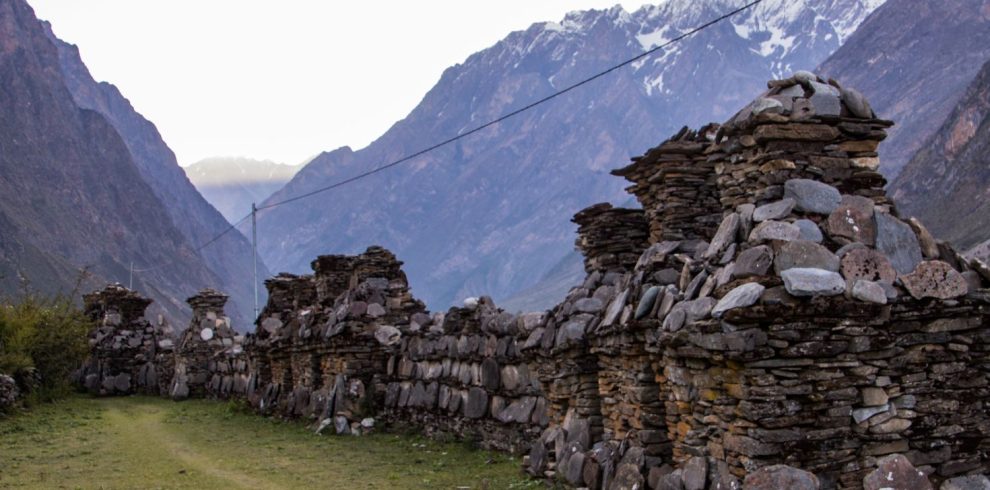
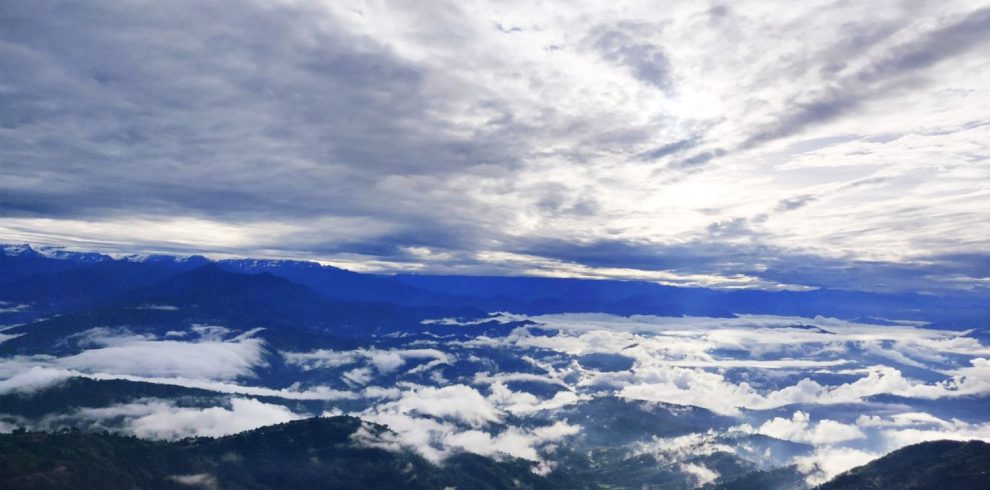
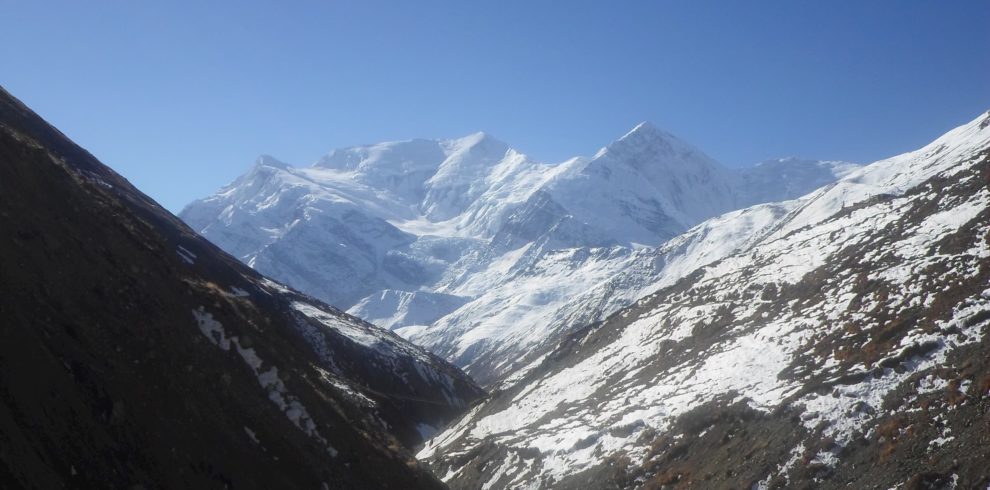
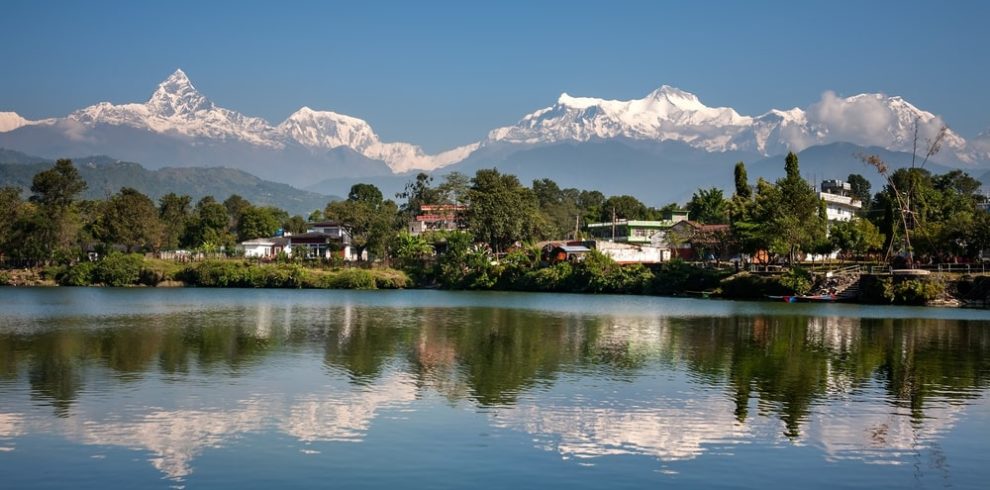
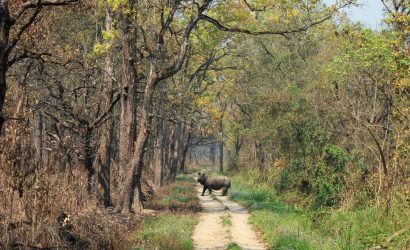
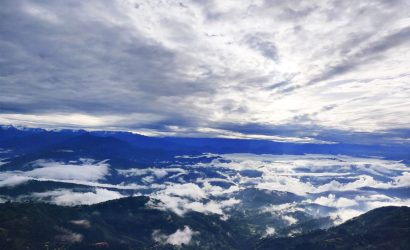
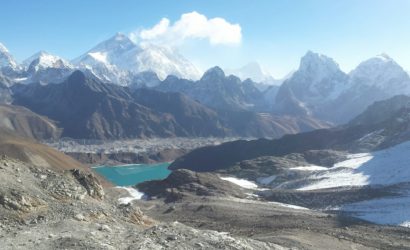
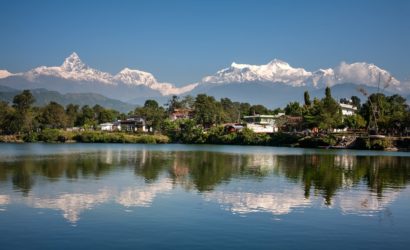
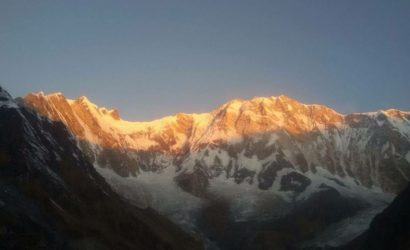
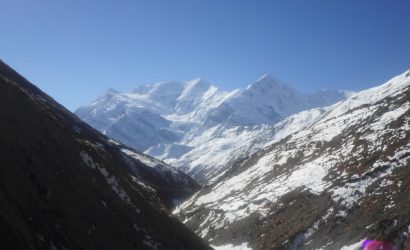
Write a Review